DIY Your Own BBQ Kitchen Garden: Gifts That Grow Past That Giving Day
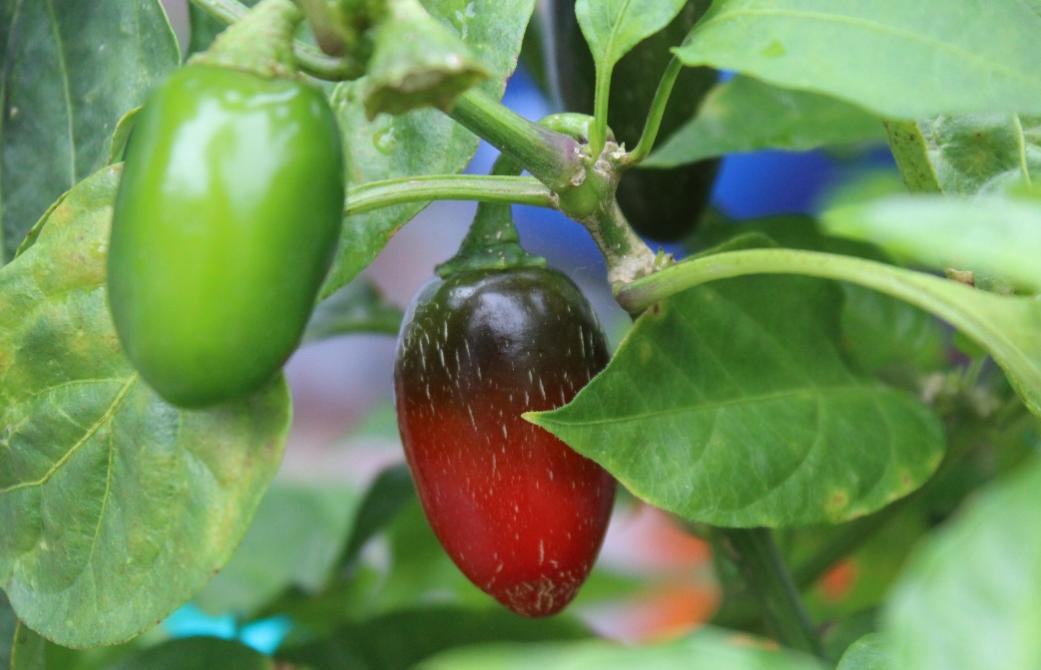
Following positive feedback on an idea for a Rose Garden for Mum on Mother’s Day, and getting the youngsters involved in growing what they eat on a scale that suits them (Vegepods and Vege Kits), a few ideas to make the upcoming Christmas – New Years social occasions many will host or be a guest at a little nicer.
You could even use some of these as a gift idea that will ‘grow’ and bring a smile to the receiver every time their eyes wander across that gift, as so many plants and trees in so many home gardens do already.
This can range from a special purpose built little cupboard to house all those cooking snags tools to a planter box filled with herbs to sprinkle into salads or onto steaks and fish or even just be a single painted creatively pot with a single herb in it.
You could provide some shade, some cushions, a table centrepiece.
If the gift is to your much better half, or you giving to mum and dad, or even creating an old-style Kitchen Garden such as those some of us grew up with as a whole family project, you can go as big or as little as you like.
The layout of a farm kitchen garden was like a mini condensed version of what grew for a whole paddock further 'afield' - it was closer; just outside the kitchen, and had all the seasonal plants, salad items and vegetables used in the kitchen. Alongside the farmhouse you would have another area where fruit trees would be planted, usually just one or two trees of each kind of fruit, and these would bear their plums, berries, stone fruit, apples and pears in seasons too. Some versions had the fruit trees and shrubs as a border for the nucleus of the garden where your root vegetables and herbs were laid out. A few versions from archival records run below for those interested.
To do this in a miniature form in the smaller areas we have today, or even as a courtyard version for those with smaller still outdoor areas, and choose a theme that suits how we also like spending a lot of time in our outdoor areas, is a simple matter of adapting the idea and what you want to 'harvest' each season, to the space you have.
For a BBQ Kitchen Garden a selection of the leaves we toss in salads; fresh mint, basil, some of the smaller varieties of lettuces such as mignonette arranged in a row in one side garden bed that catches the sun (and which you can pick leaf by leaf).
How about some baby carrots, some radishes or just one beanstalk? In fact anything that grows via a trellis can be adapted to grow in a pot; cucumber, zucchini, peas, those long snaky capsicums or bell peppers.
 Put in a miniature trellis for cherry tomatoes, pots in the corners for avocado trees or there a lime, over here a lemon, even a pot well set into the centre of that long bench BBQ Table filled with hardy rosemary (which will flower and perfume the air at other times) or a herb that cascades such as oregano. Not only are creating your own BBQ Kitchen Garden in the area you have but are also creating an outdoors space to that's pleasant for all the senses.
Put in a miniature trellis for cherry tomatoes, pots in the corners for avocado trees or there a lime, over here a lemon, even a pot well set into the centre of that long bench BBQ Table filled with hardy rosemary (which will flower and perfume the air at other times) or a herb that cascades such as oregano. Not only are creating your own BBQ Kitchen Garden in the area you have but are also creating an outdoors space to that's pleasant for all the senses.
Littlies can be included too - buy a basic terracotta pot and get the paints out. Let their imagination run wild in decorating this, seal it (you will want to keep that one) then fill it with what they choose and love to eat; it may be those cherry tomatoes again, or something they're doing 'for dad' - perhaps a wonderfully coloured chilli plant, or 'for mum' - she may like some nice continental parsley please, perfect for pastas and salads, or some colourful nasturtiums for flowers and to sprinkle for a touch of pepper in salads.
Desert; strawberry pots, kumquats, pomegranates, a vine with divine grapes(although you may have to wait a year or two for those). There are a lot of varieties of dwarf fruit trees now available or those that can be adapted to place in a range and mix of colourful pots.
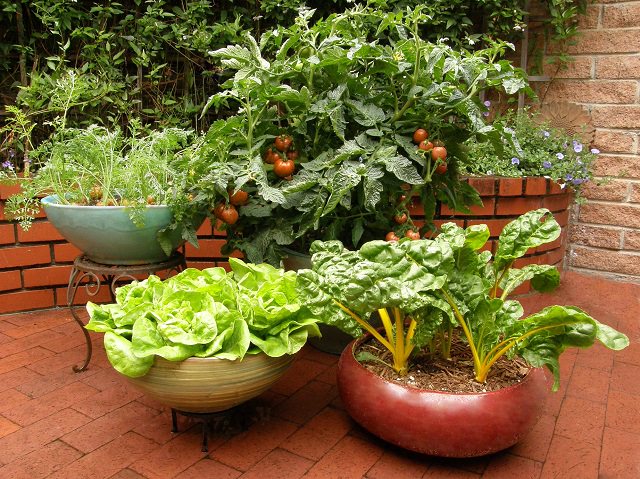
On a shadier side or under a sheltering overhang place your BBQ burner where its heat won't scorch your Kitchen Garden or be out in the elements which make it rust.
Bring in a shade cloth to protect guests from mid-Summer mid luncheon sun, a few citronella candles - maybe fill in some gaps with a planter box filled with those wonderfully scented gardenias for warm Summer nights. How about a row of sunflowers at the back - when they have finished brightening their spot the seeds can be used and a crop of lemongrass put in.
Do you have a cupboard filled with clothes the children have outgrown but can't stand to throw them out? Turn them into cushion covers for those outdoor chairs and bring that colour, and all its memories, into your garden party.
Just make a list, together, and check it twice - work out what each family members thinks is naughty or nice, and away you go.
Before you know you will all be sitting down together, with family and friends, and only have to reach out to pick what will be on your plate or on the BBQ, and there long after that meal ends.
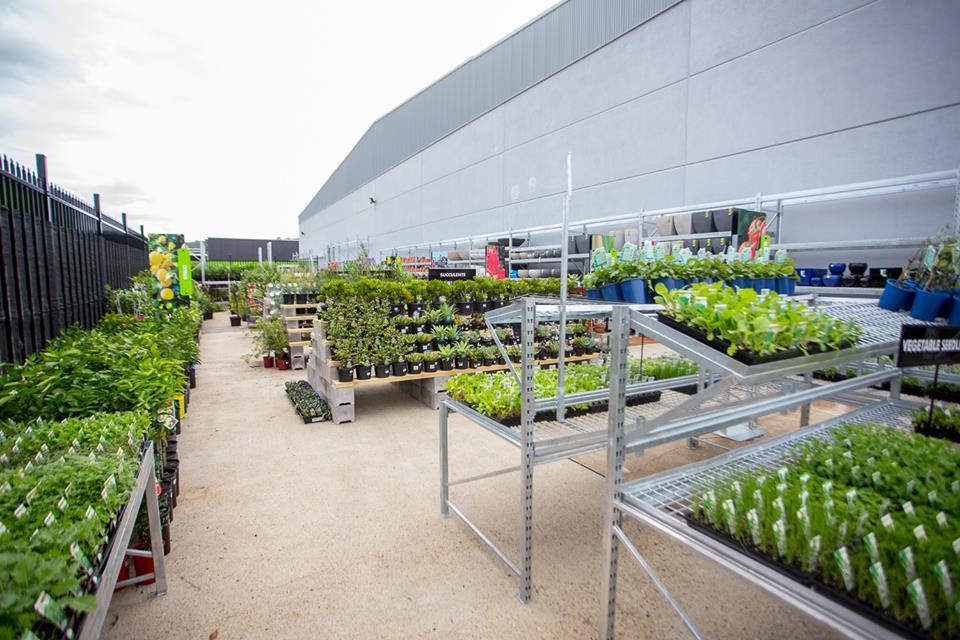
Tools And Products To Help You Get It Done At Family Friendly Prices
Some of the Items shown here are from the current Power Garden catalogue, available online here. Offer valid Tue 30 Oct - Mon 31 Dec 2018
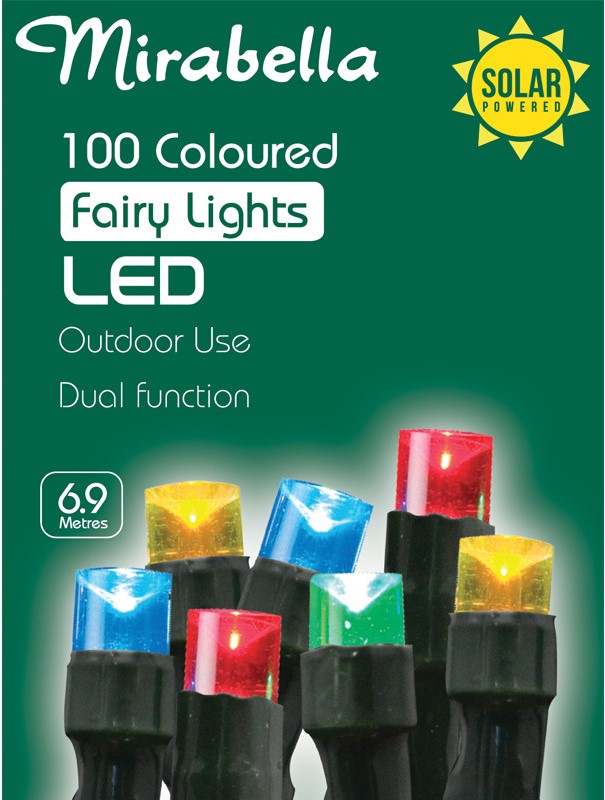
MIRABELLA CHRISTMAS FAIRY LIGHT 100 PACK MULTI COLOUR LED SOLAR: $10.00
Decorative. Bright. Easy to Install
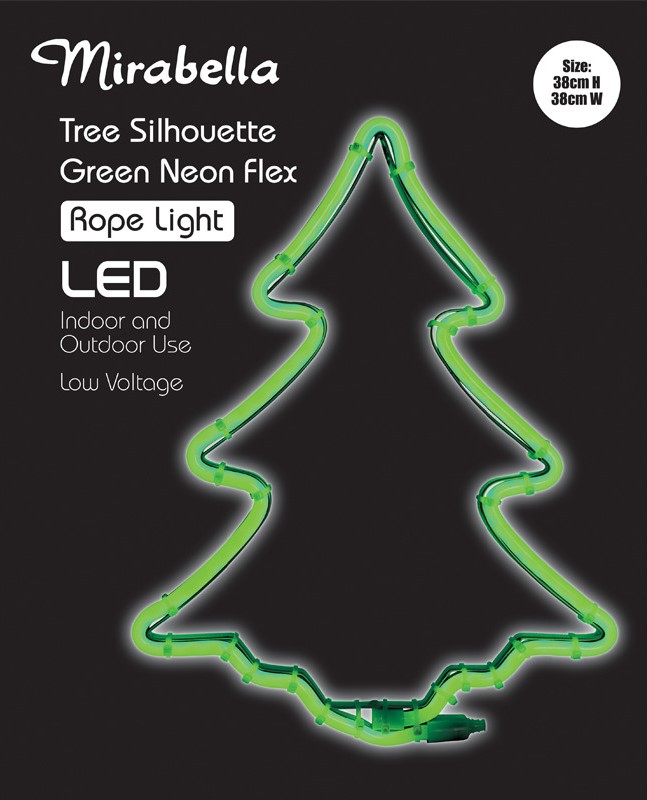
MIRABELLA CHRISTMAS NEON ROPE 38CM TREE: $12.00
Decorative. Bright. Easy to Install
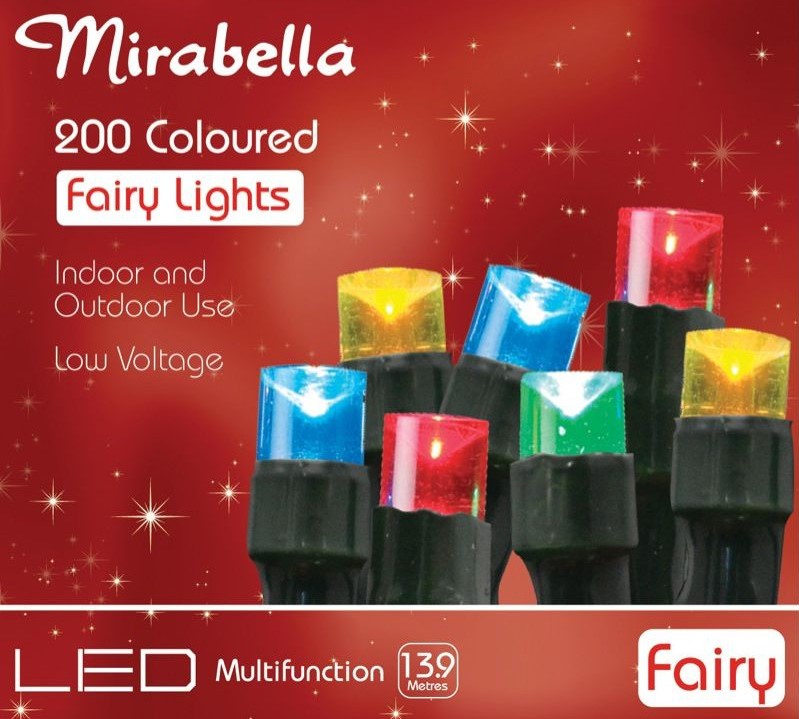
MIRABELLA CHRISTMAS FAIRY LIGHT 200 PACK MULTI COLOUR LED: $17.00
Decorative. Bright. Easy to Install

MIRABELLA CHRISTMAS FAIRY LIGHT MULTI COLOUR LED BLUETOOTH: $49.00
Decorative. Bright. Easy to Install

MIRABELLA CHRISTMAS INFLATABLE SANTA 1.2METRE LED: $35.00
Decorative. Bright. Easy to Inflate
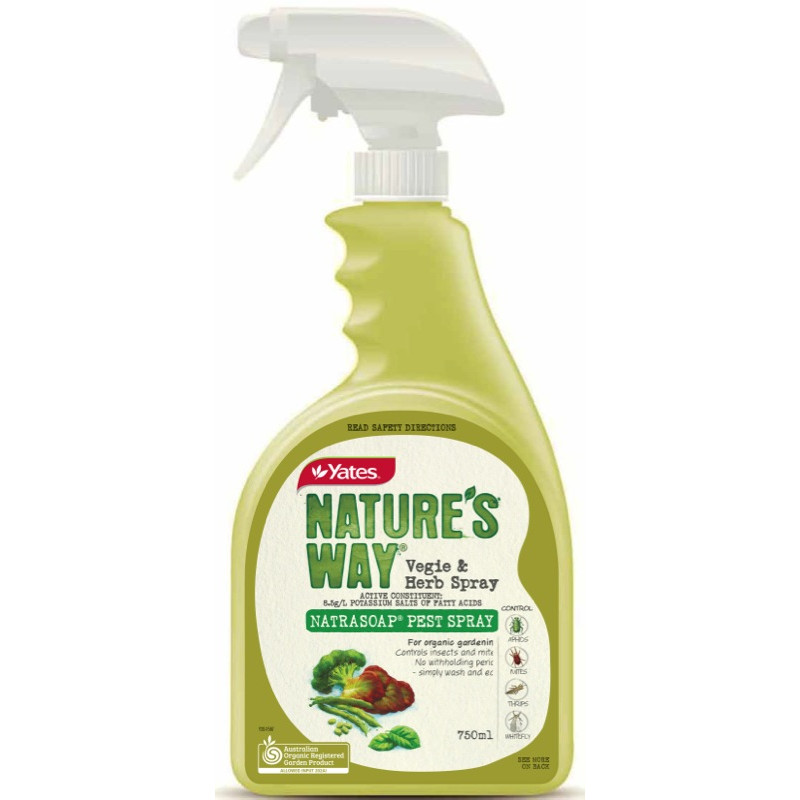
YATES NATURE'S WAY VEGIE & HERB SPRAY 750ML: $14.95
Organic Insecticide. Control for a large array of garden pests & low toxicity.
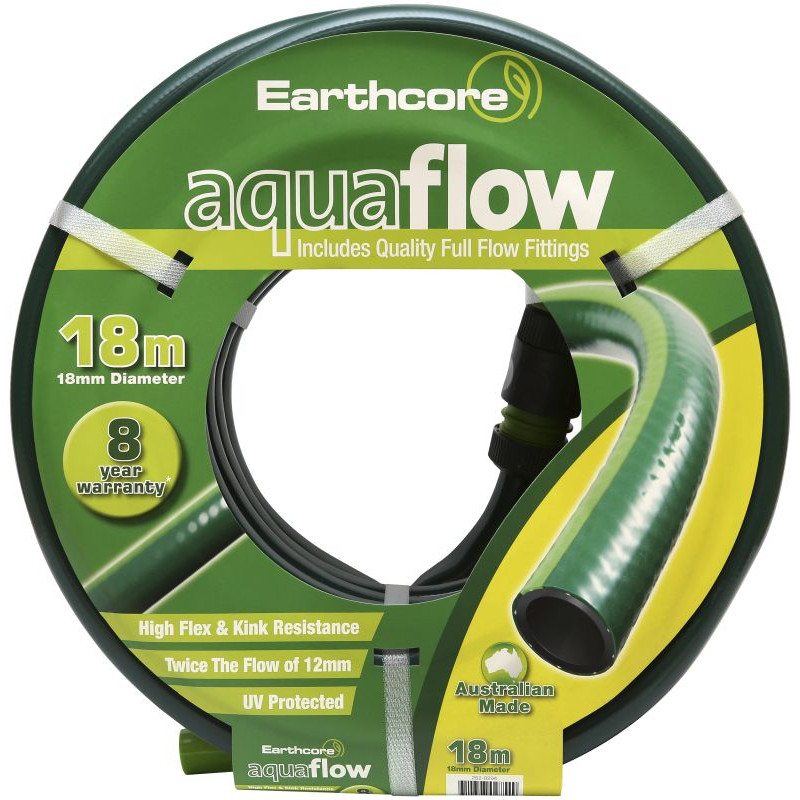
EARTHCORE 18M AQUAFLOW HOSE: $45.00
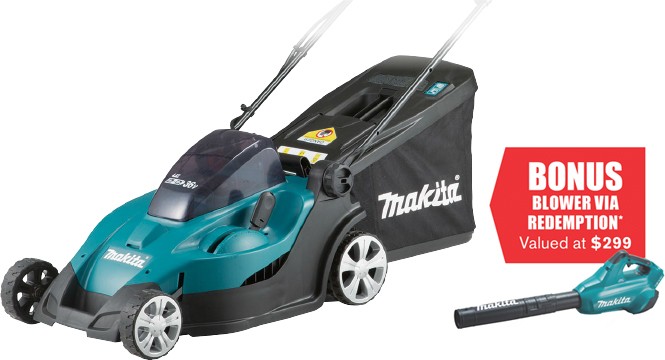
MAKITA 36V (18 X 2) LAWN MOWER KIT: $699.00
BONUS Blower Via Redemption* valued at $299
• 430mm. • Includes dual port rapid charger & 2 x 5.0Ah batteries. • DLM431PT2.
*See makita.com.au/redemption for full terms & conditions.
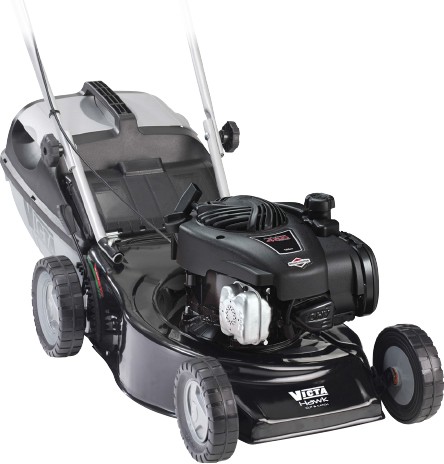
VICTA HAWK CUT & CATCH MOWER: $399.00
• Briggs & Stratton 450E series engine. • Rapid start. • Classic dual blade cutting system.
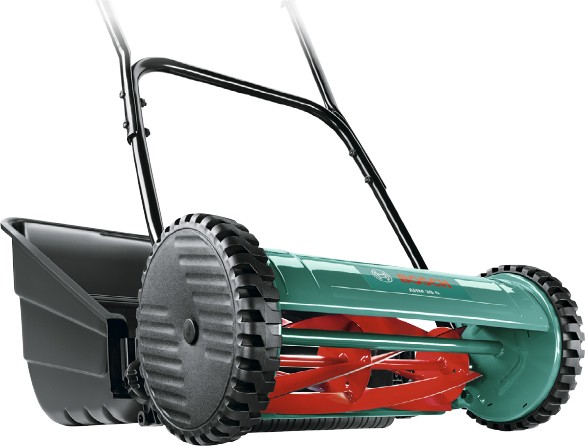
BOSCH HAND MOWER: $129.00
• 38cm push mower. • 5 - 43Hmm cut. • Includes grass catcher.
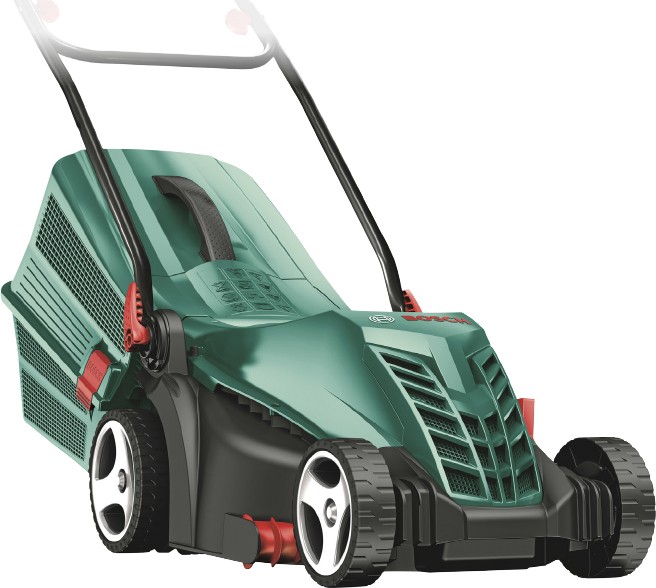
BOSCH CORDED LAWN MOWER: $219.00
• Power drive motor. • Double folding handles & stackable grassbox for easy storage.
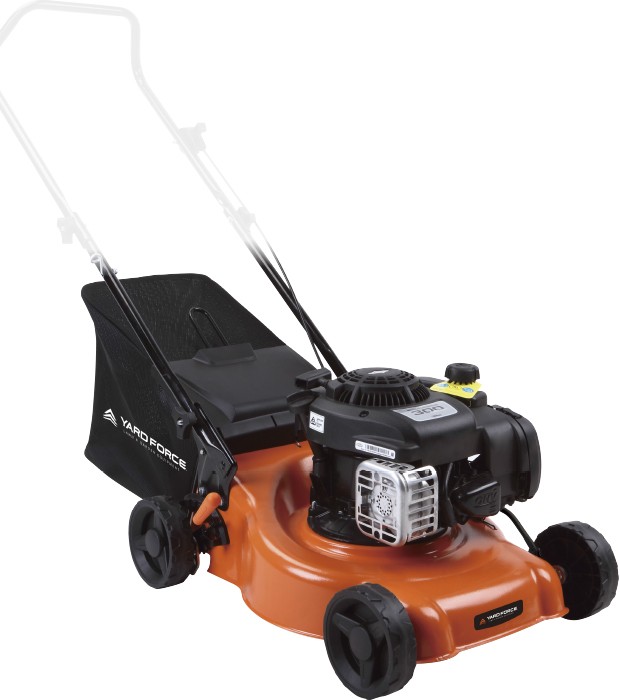
YARD FORCE 125CC 16" LAWN MOWER: $199.00
• Briggs & Stratton 300 engine. • 45L catcher & 7 height positions. • AU16-BS.
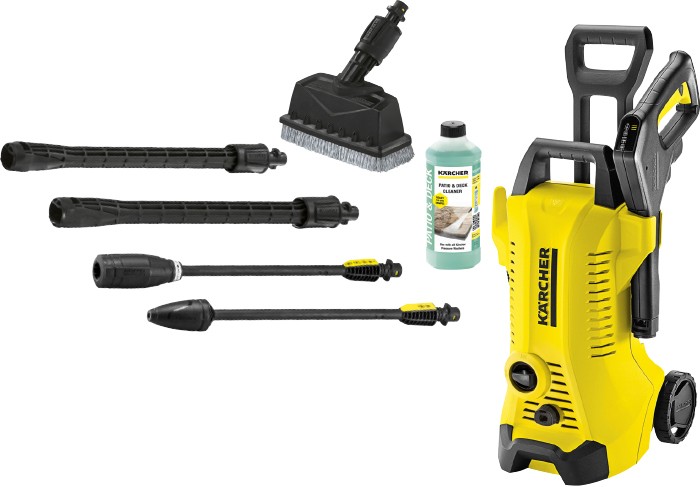
KARCHER K3 FULL CONTROL DECK PRESSURE WASHER: $299.00
• 1800PSI. • 6.3L/min. • 1700W. • Universal motor. • Includes Full Control display trigger gun, 8m hose, PS 20 power scrubber, detergent, vario lance & dirt blaster lance.
A Few Kitchen Garden History Notes
The traditional kitchen garden, also known as a potager (in French, jardin potager) or in Scotland a kailyaird, is a space separate from the rest of the residential garden – the ornamental plants and lawn areas. Most vegetable gardens are still miniature versions of old family farm plots, but the kitchen garden is different not only in its history, but also its design. They are designed to bear year round produce.
The kitchen garden may serve as the central feature of an ornamental, all-season landscape, or it may be little more than a humble vegetable plot. It is a source of herbs, vegetables and fruits, but it is often also a structured garden space with a design based on repetitive geometric patterns.
A potager, the French term, applied to an ornamental vegetable or kitchen garden. The historical design precedent is from the Gardens of the French Renaissance and Baroque Garden à la française eras. Often flowers (edible and non-edible) and herbs are planted with the vegetables to enhance the garden's beauty. The goal is to make the function of providing food aesthetically joyful.
Plants are chosen as much for their functionality as for their colour and form. Many are trained to grow upward. A well-designed potager can provide food as well as cut flowers and herbs for the home with very little maintenance. Potagers can disguise their function of providing for a home in a wide array of forms—from the carefree style of the cottage garden to the formality of a knot garden.
THE KITCHEN GARDEN.
Layout.
(By W. C. Grasby.)
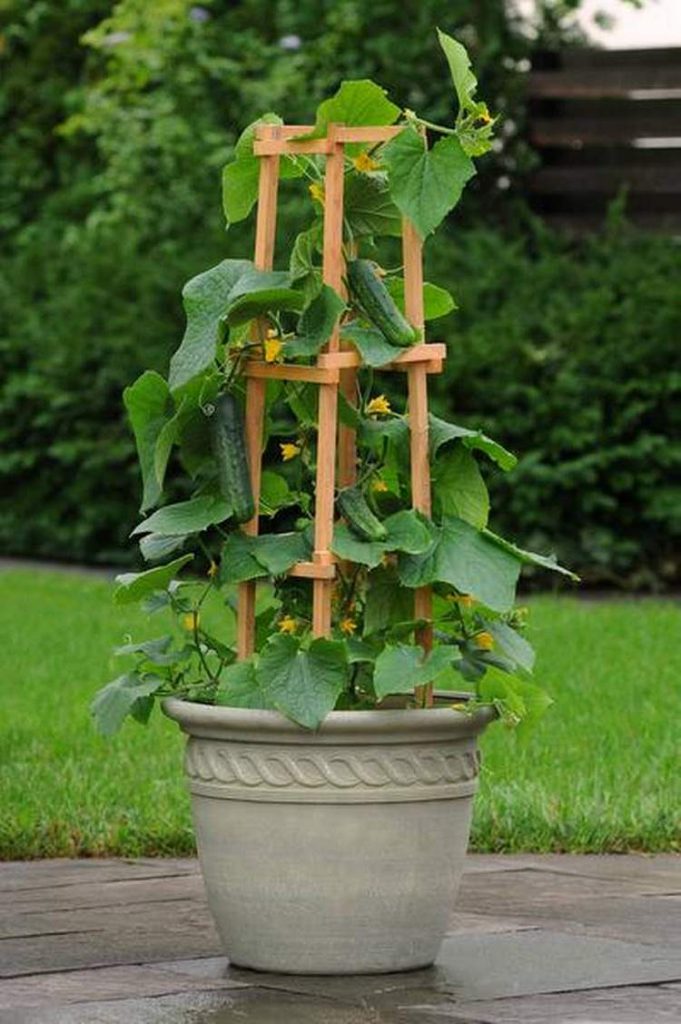 The layout of a kitchen garden is of very considerable importance if the best remits-are to be obtained. This is-not generally realised, the usual practice being to plant trees, and shrubs with some degree of system and to devote any odd corner that is left to the growing of vegetables. Frequently trees occupy a large portion of the garden, at intervals of something like 20 feet, and the vegetables are grown in between.
The layout of a kitchen garden is of very considerable importance if the best remits-are to be obtained. This is-not generally realised, the usual practice being to plant trees, and shrubs with some degree of system and to devote any odd corner that is left to the growing of vegetables. Frequently trees occupy a large portion of the garden, at intervals of something like 20 feet, and the vegetables are grown in between.
Now while the trees are young this is an entirely satisfactory method. The trees benefit, because it ensures, or rather, should ensure, that the soil is kept clean and fertilised and the vegetables, do not suffer. Hut in the course of comparatively few years, the trees become big and their roots wander through the soil in which the vegetables are growing, so that the nourishment that is required for .the vegetables is absorbed by the trees. Further, if loquat trees are planted, they provide shade which, though sometimes beneficial, is often harmful.
The Right Method.
The plan which every would-be owner of a home garden who has the planning of a virgin piece of land should adopt, is to plant only so many trees as are necessary to meet the requirements of his family and to reserve, in a suitable part of his block, an area of appropriate size for vegetables. Every gardener knows that small plants do best when they are freely exposed to sunlight, and even in our climate, where the summer temperatures are high and the air is dry. it is easier to grow vegetables and flowers tn the open ground than in shady situations. I recently saw a bed of French beans that had been planted amongst trees in July and had done very well indeed for a time, although where they were shaded by the tree stems the growth was deficient from tile beginning, and the beans were 10 days late. As soon as the foliage of the trees developed, however, the beans ceased to thrive and what promised to be a very satisfactory crop was a partial failure.
Don't Make Fancy Beds.
Another point which I would strongly impress upon growers is the undesirability of cutting up the kitchen garden area into «mail beds, and especially fancy beds. It is a better plan to have one unbroken piece of ground and to divide it according to the space it is desired to allot to the different vegetables. The actual percentage of the whole devoted to any one vegetable may be varied from season to season. This makes it easier to have some sort of rotation of crops.
Supposing the area of land set apart for the kitchen garden is 60 feet or 100 links by 33 feet or 50 links; it will then measure one chain by half a chain, and will contain 8 square rods; or if it be 33 feet by 16 1/2 feet, it will contain 2 square rods. It will probably strike some readers that it would be better to have the measurements' in round numbers, but the advantage of bed of the above size is that it is easy to divide it into rods and half rods and this makes it simpler to calculate the quantity of fertiliser required. For instance, if the whole area is 33 feet wide, beds running across the plot will be two rods long, and if they are approximately 8 1/4 feet wide, they will be half a rod in width, and the area of the small bed will be half a square rod, which is a very suitable size for a small bed of potatoes. I give these measurements as an illustration of the way in which a gardener should endeavour to plan his vegetable plot. The figures are in no way arbitrary, but they are nevertheless very suitable ones to adopt in a home garden of average size.
The only division between the strips in to which the plot is divided should be a slightly wider piece of implanted ground than there is- between the actual rows. This makes a temporary path, but it should not be allowed to become trampled too hard. It should be cultivated in the same way as the area between the rows.
If the above plan is adopted, it will be seen that it is necessary to have a more or less definite programme for the year's planting, so that areas of the right size shall be left vacant at the right time. Areas of a fairly definite size should be set apart for the different vegetables, and provision made for them to be followed by other vegetables that will require approximately the same sized piece of ground. The ordinary grower will probably find that one or two rows of onions, carrots, parsnips and turnips will be sufficient. Carrots and parsnips remain in the ground for a long time, but turnips must be taken up quickly and therefore a succession of turnips should be planted.
THE KITCHEN GARDEN. (1929, December 26). Western Mail (Perth, WA : 1885 - 1954), p. 49. Retrieved from http://nla.gov.au/nla.news-article37682600
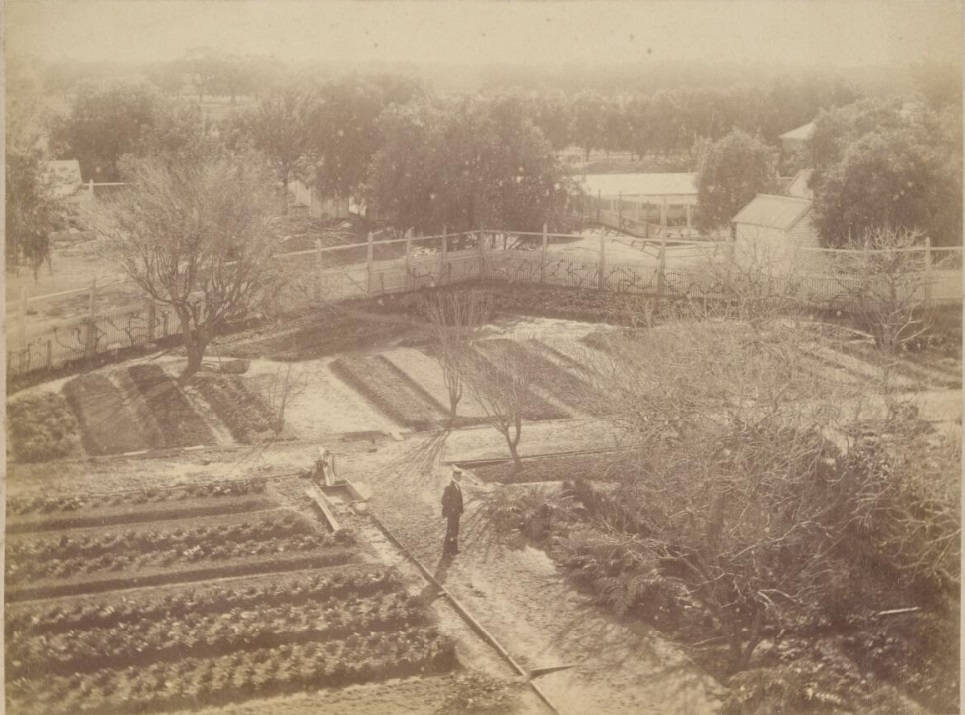
([189-?]). Kitchen garden, forest of homestead Coree Retrieved from http://nla.gov.au/nla.obj-140574769
Farm and Home Gardener
(By "Secateur")
Kitchen Garden Lay Out
The choosing of a situation for the kitchen garden is a most important matter, but it must necessarily depend so much upon local circumstances that it would be impossible to lay down any fixed rule upon the subject. The amateur should, therefore, take the opinion of some competent, practical authority so that the best site at his command may be selected.
If the soil on that part of the ground thus set apart is not of a good loamy, or black vegetable nature, it ought to be made so, if not at once, by degrees, as the crops are taken off the ground. The ground also should be trenched, either at the time the garden is formed, or afterwards, for such crops as require special enriching. On ground kept continually under crop the operation of trenching ought to be repeated once in every three or four years. This system will eventually become cheaper and grow ..ops with much better success than a continual digging, manuring, and I cropping of the same surface soil.
Quartering the Garden
Of whatever shape the garden as a whole may be, for the sake of economy, neatness and utility, it should be so formed with walks as to have the ground inside in squares or quarters, having two sides parallel, and the angular corners, if any, should be occupied with permanent crops, such as rhubarb, seakail, etc.
A simple plan is to form a walk four or five feet wide around the boundary, and within this a border six or eight feet wide. Divide the interior surface thus formed by two paths, running each way at equal distances, thus forming the ground within the boundary walk into nine of what gardeners term quarters. On each side of the paths so formed, make borders of the same breadth a. that round the outside of the ,boundary walk, with alleys (in larger gardens) sufficiently wide to admit of walking round the quarters without treading on the crops. Smaller gardens may be limited to four quarters only.
Placing The Fruit Trees
Although fruit trees in the kitchen garden are not commendable yet in small places there is no other resource but to have them there. In such cases, instead of 'inter-planting them through the whole garden, the boundary border ought to be set aside for them and should in this case be left 'wider, the taller sort of trees being planted at the outside, or trained along the fence walls on the espalier system.
Edging of walks may be formed of Thyme, Sage, Marjorum, Parsley, Strawberry or thrift; or, if these are not required the edging may be of wood, brick, or of tiles. By giving the paths a deep foundation of broken bricks or rubbish, these may be made to act as drains for the garden. Cinders and brick dust will both serve admirably for "blinding" the surface of the paths in a kitchen garden.
As in the flower garden, a lean-to hot house should face east whereas frames should be placed facing northwards and exposed to the full rays of the sun both morning and evening. An asparagus bed can be tucked away in some corner, though unless much is required single rows of this vegetable are quite adequate.
A tool shed with a bench for potting, etc., is a great asset, especially in wet weather. It can be hidden by a potato creeper or some other rapid climber. In summer time Scarlet Runner beans can be used effectively to hedge off awkward corners, or marrows and pumpkins can be encouraged to cover out patches, etc.
More About Aphides
Aphides are sucking parasites, in contradistinction to red spiders and other insects, which 'bite and puncture the leaves of plants There are several forms of Aphis; firstly, the unisexual insects which cluster on the stems and leaves. These reproduce their kind in hundreds during summer. Secondly, there is a flying form of Aphis which enables the pest to travel from tree to tree; finally, a very short-lived form appears towards winter producing one large egg at a time, and it is from this egg that the species is perpetrated when it hatches out in the following spring.Everyone Everyone knows the Aphis, as described above, in either its green or grey colouring. It is the green fly of the rose garden, the insect of the cabbage patch, etc., and there is yet another form, known as the woolly Aphis. This emits a protective substance resembling cotton wool. It is a very persistent form and the insect itself more nearly resembles a bug in appearance. A tree affected with woolly Aphis will develop carbuncles at the joints and on old scars.
Even with strong paintings of diluted red oil, the woolly Aphis is difficult to kill out. Apple and pear trees, if properly raised on blight-proof stock, should be immune from woolly Aphis as, in fact, they are if guaranteed by a reliable nurseryman, but occasionally the pest is introduced from another garden. No remedy of human application can be relied upon to finally dispose of the woolly Aphis on a tree once affected, but an effective check for Aphides in general sometimes comes in a natural manner with the ladybird, which insects, if sufficiently numerous, will clean up the trees satisfactorily as we have had occasion to mention before. The lady bird is the natural enemy of the woolly Aphis in particular and should be never destroyed in a garden.
The woolly Aphis, by the way, only attacks pear trees and apples as a rule. Stone fruits in general are quite immune from this form of Aphis.
February Work with Flowers
The laying of shrubs and the budding of roses and orchard trees is continued throughout this month and next. We have described these processes already.The summer pruning of rose trees is also done in February. It consists in removing the seed pods and any dead wood, briar growths or useless branches which interfere with others. Do not cut hard and, if in doubt, leave all heavy cutting until the winter. After summer-pruning, roses should be kept well watered to encourage autumn blooms. Spraying with red oil (as per instructions on tin) will clean up any trees infected with scale insects in summer time.
Sowing Lists
Vegetables.- Sow: Beetroot, borecole, broccoli, Brussels sprouts, cabbages (Enfield Market), carrots, cauliflower, kohl rabi, leeks, lettuce, parsnips, peas, potatoes, Swedes and turnips.
Flower Seeds : Anemone, Antirrinum, Celendula, Candytuft, Carnations, Dianthus, Iceland Poppy, Gaillorriia, Leptosyne, Pansies, Lupins, Marigold, Mignonette, Primulas, Ranunculus, Stocks ("Nice" variety), Sweet Peas, Violes, Wallflowers, etc. Farm and Home Gardener (1934, February 15). Werribee Shire Banner (Vic. : 1911 - 1952), p. 6. Retrieved from http://nla.gov.au/nla.news-article74584478
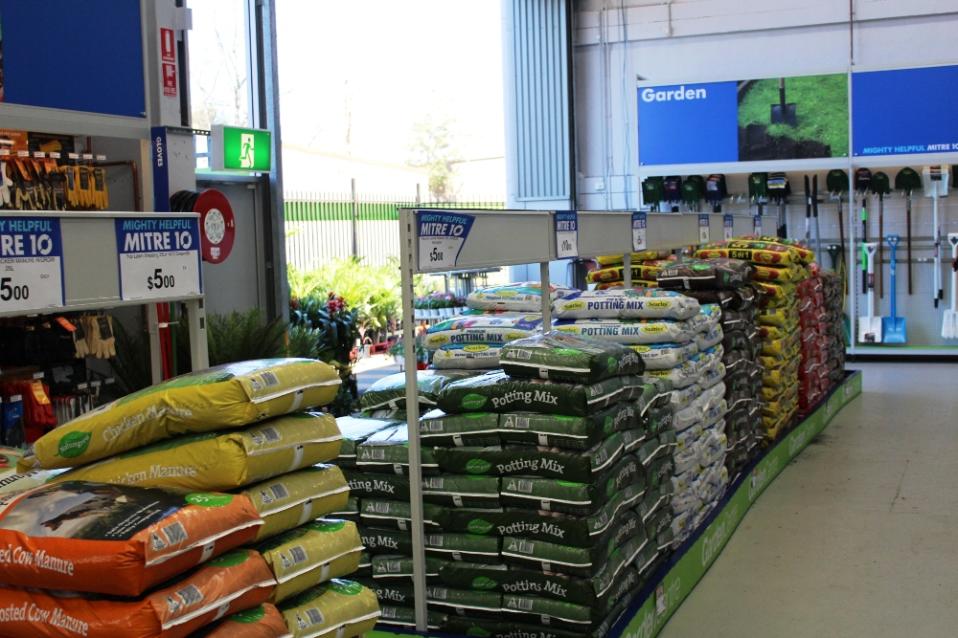
JBH Mitre 10 Mona Vale has a wide and extensive range of everything you will need for Garden Preparation this Spring



Johnson Brothers Mitre 10 New Store
73 Bassett Street
Mona Vale - Online Store: Jbhmv.Com.Au

Products advice is available from the trained friendly staff at Narrabeen, Mona Vale and Avalon Johnson Brothers Mitre 10.
Click on logo to visit Johnson Brothers Mitre 10 website
Johnson Bros Mitre 10 - Avalon (02) 9918 3315
Johnson Bros Mitre 10 - Mona Vale (02) 9999 3340
JBH Timber & Building Supplies (02) 9999 0333
JBH Fencing & Landscape Supplies (02) 9970 6333
www.johnsonbros.com.au Online store: jbhmv.com.au

Previous DIY Pages:
Decking Timbers Caring For Your Deck Decking Finishes Privacy Screens I Privacy Screens II Privacy Screening Hardwoods Autumn Paths and Lawns Insulation Batts Plasterboard Ventilation - Edmond's Ecofan Blackboards for Children and Home Spring Lawn Care Shade Sails & Watering Basic DIY Tools DIY Tools - Power Drills Recycle Your Trampoline into An Air Bed How to Build Your Own Backyard Cricket Pitch Christmas Lights Displays around House and Garden Summer Mildew - Refresh, Renew How to Fix Things That Drip and Bump in the Night Time To Plant Winter Vegetables in a Raised Garden Beds Layout Organsing Your Tool Shed Make Your Own Weathervane Installing A Garden Watering System Decking Oils How To Make Garden Compost How To Winter proof Your Lawn How to create Shabby Chic effect on Timber Furniture How to Build Your Own Raised Garden Bed Growing Your Own Winter Vegies Winter Heating Guide Prepare Your Yard For Winter Eradicating Noxious Weeds From Your Yard How to Fix Furniture Finishes Part I How to Repair Scratches, Dings, and Dents of Furniture Surfaces - Part II Winter Draughts Fix Classic Wooden Tool Carrier Spring Garden Checklist Part I Install Your Own Skylight Retaining Walls for Saving Soil and New Spring Garden Beds Summer Salad Garden Native Plant Garden for A Fairy Arbour Renewing Short Flight of Exterior Stairs Deck Maintenance DIY Summer Tasks You Can Do In Time to Get to the Beach Garden Ponds for Attracting Birdlife, Dragonflies and for the Soothing Sounds of Water Salt Air: Maintenance and Protection Creating an Outdoor Dining Arbour, Gazebo or Patio - Part I Creating an Outdor Dining Arbour, Gazebo or Patio Part II Autumn Garden Tasks Autumn DIY Jobs: Waterproof Your Home Checklist Dealing With Dampness Inside the Home Fixing Your Fence Repairing and Replacing Damaged Decking boards DIY Toy Box and Snow Globes: School Holidays Fun - Winter 2015 DIY Wooden Toy Cars and Perfect Painted Flowerpots: School Holiday Fun - Winter 2015 Shoring Up an Under House Earth Bank – Installing a Basic Retaining Wall DIY One Shelf Sideboard Early Spring 2015 Garden Care Salad Garden For Children Keeping Your Garden and Home Cool in Hot Weather Classic Beach Garden and Camping Chairs 3 Portable Versions Anyone Can Make DIY Outdoor Furniture Mark I: Park Benches for Your Garden Make Your Own Scooter or Skateboard: Summer 2016 Fun How to Install a Solid Core Door and Door Furniture Summer Garden Jobs: Pruning A Hedge How to Make A Swing Chair - With A Frame for Garden Setting Garden Jobs for March to Make A Beautiful and Healthy Spring Keeping Outdoor Nooks Warm During Cooler Months Children’s Step Stool with Storage Stop Winter Rain Lawn Loss and Soil Erosion on Slopes DIY Garden Shed: Part 1 of 4 - Base DIY Garden Shed: Part 2 - Framing Walls DIY Garden Shed: Part 2b - Gable Roof Framing Garden Shed Part 3: Roof Installation DIY Garden Shed: Weather- boards - Door And Window Installation And Paint Finish DIY Coffee Table With Chessboard Inlay Spring Gardening: Feeding Your Soil And Plants - What Works For Each Plant DIY Sandstone Flagging Parking Area - Platform DIY Pre-Summer Checklist For A Safe Home Summer Spruce Up: Interior Paint Tips and Three easy steps to rejuvenate your timber deck The Perfect BBQ Garden Setting DIY Water Wise Garden DIY Side Gates DIY Storm Preparation And Home Protection One To Two Day DIY Weekend Spruce Ups Vegepods For Autumn Planting + Easy To Make Lego Table Or Student Desk That Can Be Dismantled + Johnson Brothers Mitre 10 Online Store Johnson Brothers Mitre 10 Great New Mona Vale Store: Still In Bassett Street - number 73 Johnson Brothers Mitre 10 New Mona Vale Store: The Greenlife Garden Centre Go Outside And Play: Creating Garden Spaces To Connect Children With Nature DIY Plasterboard Repair DIY Dolls House Or Garage Or Boatshed DIY Child's Waggon - or use as a large planter mover DIY Bathroom Refresh: Zing For Spring Tips for Growing a Native Garden FireCrunch, Australian Developed Fire-proof, Sustainable, Durable and Reliable Building Board Now Available at Johnson Bros. at Mona Vale and Narrabeen School Holidays DIY Ideas for Children: Little Vegetables Garden, Swing, Windchimes Bushfire Season Preparation 2017: Home and Outdoor Areas Johnson Brothers Mitre 10 Trade Centre at Mona Vale + Issue No 1 of Mitre 10’s inSITE Magazine for Tradies and Handymen Preparing Al Fresco Areas for Christmas Get-Togethers and Summer Visitors Summer De-bug; Mosquitoes, flies, cockroaches and ants - how to keep the outdoors insects where they belong DIY Summer Projects: Install A Fountain Or Water Feature Late Summer and Early Autumn Projects: A Shed For All Storage Solutions + Garden Tasks + Keeping Our Waterways Clean Autumn Plantings for Winter Harvests 2018 Paintback Collection Event: Johnson Bros Mitre 10 Mona Vale Saturday, April 7 Reducing Ticks in Your Garden: Garden care, Plants that Repel, What to Wear Outdoors Attracting Insectivore Birds to Your Garden: DIY Natural Tick Control Mother's Day 2018: DIY Rose Garden Winter Mould & Mildew Inside Your home: How to Keep Air and Surfaces Healthier DIY Traditional Rocking Horse Johnson Brothers Trade Day 2018 DIY Mushrooms and Vege Kits: School Holidays Fun Winter 2018 for Curious Kids Woodworking Projects for Beginners: School Holidays Fun Winter 2018 - Simple Storage Box + Wood Tool Box Spring Garden Prep: Soil Care Spring into Spring + JBH August 2018 Trifecta DIY Backyard Doggie Paradise Garden Care for Heavy Rain Days + Non-Toxic Snail and Slug Debug Ideas Garden Design and Plant Management to Minimise Tick Attacks and Infestations - insights from an essay by Bill Conroy BSc. (Agr) (Syd) + a Tribute to Wilfred Lawrence Conroy CBE by Keith Jackson, PNG and others
______________________
John and Bob Johnson - The Johnson Brothers Profile John William Alfred Johnson - The Eulogies for those who could not attend Mass
Australia's Prime Minister Visits Mackellar - Informal Afternoon Tea with Hon. Malcolm Turnbull October 2016
